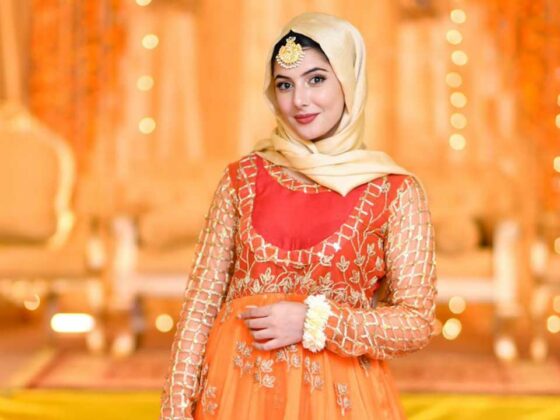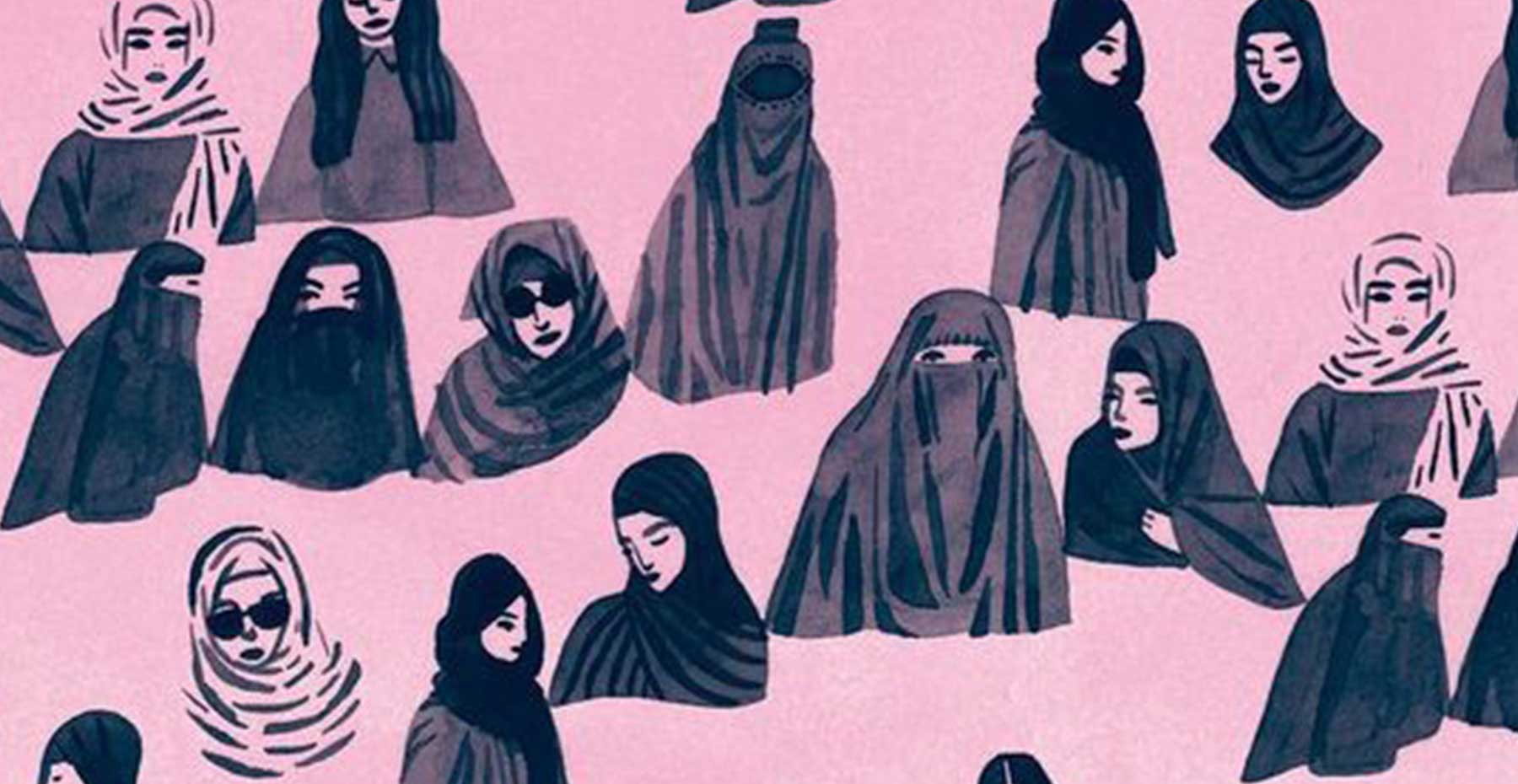Table of Contents Show
The hijab is a hot topic of discussion in today’s society. Some people believe that it’s a symbol of oppression, while others see it as a sign of religious devotion. There are many misconceptions about the hijab, and it’s important to separate fact from fiction. Here are five myths about hijab, debunked.
Hijab is a symbol of oppression
The hijab is often seen as a symbol of oppression, but this is a misconception. The hijab is a choice that Muslim women make, and it is not forced upon them. In fact, many Muslim women see the hijab as a way to express their faith and identity. The hijab is also not a sign of submission or inferiority. Muslim women who wear the hijab are just as strong and capable as any other woman. Finally, the hijab does not limit a woman’s ability to succeed or participate in society. Muslim women who wear the hijab are active in all walks of life, and they are proving that you can be both religious and successful.
All Muslim women are forced to wear hijab
There is no one way to be a Muslim woman, and therefore, no one way to wear hijab. Some women wear hijab as an outward expression of their faith, while others do not. Some women wear hijab because they feel it is required by their religion, while others do not. The important thing to remember is that each woman has the right to make her own decision about whether or not to wear hijab.
Hijab is required by the Quran
There is no mention of hijab in the Quran, and there is no Islamic requirement for women to cover their heads. The Quran does not specifically address the issue of hijab, but it does say that men and women should dress modestly. Some Muslims interpret this to mean that women should cover their heads, but there is no consensus on this issue.
Hijab is only for women.
The hijab is not only for women; it is also worn by some men. The hijab is a religious obligation for both men and women in Islam. It is a sign of modesty and is meant to protect one’s modesty. The hijab is not only for women; it is for everyone who believes in Islam.
Hijab must be worn in public
There are many misconceptions about hijab, the headscarf worn by Muslim women. One common misconception is that hijab must be worn in public. This is not true. While many Muslim women do choose to wear hijab in public, it is not required. Some women only wear hijab in front of men who are not immediate family members, while others choose to wear it all the time. There is no right or wrong answer, and each woman should make the decision that is best for her.
The hijab is only for religious occasions
The hijab is not just for religious occasions; it can be worn every day. In fact, many women who wear hijab feel that it is a part of their everyday identity. The hijab is also not just for Muslim women; it can be worn by anyone of any faith. The hijab is a symbol of modesty and respect, and it is a way to show that you are comfortable in your own skin.
The hijab is uncomfortable and inconvenient
The hijab is often seen as a symbol of oppression, but it can actually be quite comfortable and convenient. It can help protect your hair from the sun and wind, and keep you cool in hot weather. It can also help you feel more connected to your faith. If you are thinking about wearing a hijab, do some research to find the right style and material for you.
Hijab is a cultural practice, not a religious one
The hijab is often seen as a religious symbol, but it is not required by Islam. In fact, many Muslim women do not wear hijab. The hijab is a cultural practice that varies depending on the country and region. In some cultures, the hijab is seen as a sign of modesty and respect, while in others it is seen as a sign of oppression. There is no right or wrong answer, and each woman should make her own decision about whether or not to wear hijab.
Hijab is a sign of religious extremism
Hijab is not a sign of religious extremism. In fact, many Muslim women who wear hijab do so as a way to express their faith more moderately. Hijab is simply a way of dressing that is modest and respectful of Islamic values. It is not a symbol of extremism
Hijab is a personal choice for Muslim women, and it is not oppressive or extreme. In fact, many Muslim women choose to wear hijab as a way to express their faith and identity. Hijab is a sign of religious modesty, not submission, and it is worn by Muslim women as a way to show their commitment to their faith. While not all Muslim women choose to wear hijab, it is an important part of Islamic culture and should be respected as such.











